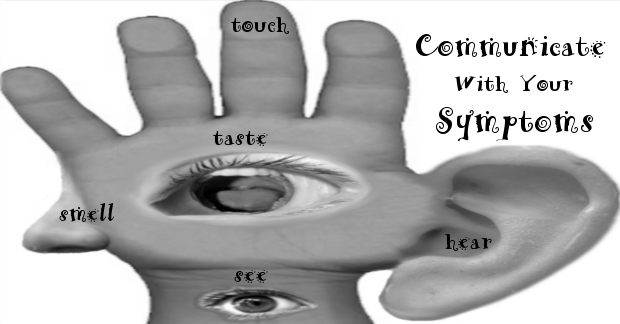
February 8, 2011 in Blood Disorder
The medical term used for blocked blood vessels due to thrombus or blood clot in the arms or legs is Deep Vein Thrombosis. This condition is often accompanied by thrombophlebitis which occurs due to the inflammation of veins. Deep vein thrombosis symptoms may include increased blood clotting tendency, decreased blood flow, damage to the walls of the blood vessel. the following article explains more on deep vein thrombosis symptoms.
Symptoms of Deep Vein ThrombosisA person suffering from this condition may observe the following symptoms.
- Unfortunately, many people suffering from deep vein thrombosis may not experience any kind of symptoms as such in the initial stages. This usually happens as the blood tries its best to pass through the clot present in the blood vessel.
- Swelling in the legs is the most prominent symptom of deep vein thrombosis. This can be sometimes accompanied by discoloration and pain. Your leg may turn bluish and this is a clear indication that the blood vessels are not receiving enough oxygen. This condition is known as cyanosis and this usually occurs in the calf area.
- Pain can also be felt in and around the area and it can be due to poor supply of blood and oxygen to the legs. Pain can be observed while walking or even in standing position.
- Phlegmasia alba dolens is another common symptom of this condition which is also referred as milk leg or white leg. This symptom can be indicated easily as the leg may turn pale. This condition can also rely completely on superficial veins for drainage. This can further lead to paleness, edema and pain in the leg.
- This condition can cause severe pain and severe edema leading to cyanosis in the lower extremity of the legs. This can progress further to gangrene if not treated in the earlier stages.
- The other symptoms of this condition is Paget-von Schroetter disease which occurs due to the presence of blood clot in arms. This condition usually affects the subclavian and axillary veins. It can be observed in young adults and swelling, redness, pain and warmth are a few symptoms of this condition.
If you observe any of the above mentioned deep vein thrombosis symptoms, make sure that you consult a doctor immediately. This condition can turn fatal and may lead to several other health complications.
Tweet